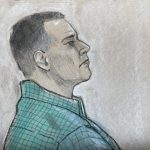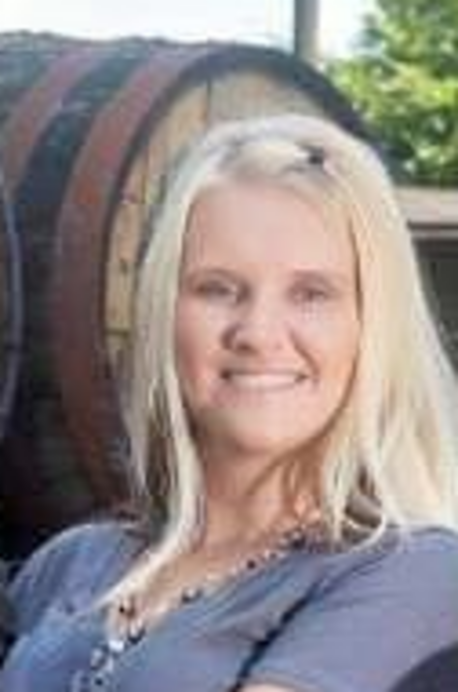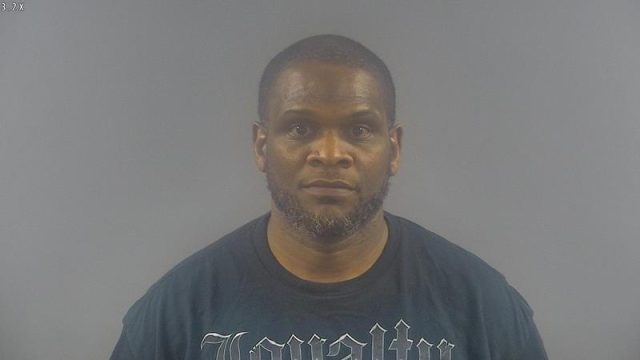Attorneys give opening statements at Rogers trial
Published 6:00 am Thursday, June 26, 2025


Jurors heard diverging views Wednesday on what the evidence would show at the trial of Brooks Houck and Joseph Lawson, both charged in connection with Crystal Rogers’ disappearance.
Houck, 43, was Rogers’ boyfriend when she went missing in 2015 in Nelson County.
Rogers, who was a 35-year-old mother of five when she disappeared, has not been seen since then and is now presumed dead, and Houck is on trial in Warren County on charges of complicity to commit murder and complicity to tampering with physical evidence.
Trending
Lawson, 34, of Bardstown, is charged with conspiracy to commit murder and complicity to tampering with physical evidence, with prosecutors alleging that he moved Rogers’ car to where it was ultimately found on the Bluegrass Parkway on July 5, 2015, two days after she was last seen.
The crimes were charged in Nelson County, but pretrial publicity forced the trial to be moved to Warren County.
Special prosecutor Jim Lesousky urged the 15-member jury to use its “God-given common sense” when considering the evidence, which the attorney said pointed to a conspiracy involving Houck and others against Rogers.
Lesousky said that the conspiracy had its roots in a conversation in which Houck’s mother, Rosemary Houck, approached Danny Singleton, who worked for Brooks Houck, about finding someone who could “get rid of” Rogers.
“(Singleton) tells her that if you’ve got enough money, you can get anything done,” Lesousky said.
Rosemary Houck and Nick Houck, Brooks’ brother, have been named by prosecutors as co-conspirators who have not been charged with any crimes.
Trending
Lesousky said evidence would show that Rogers was preparing on the night of July 3, 2015, for a romantic night with Brooks Houck away from the children, but instead of a date they went to a farm owned by the Houck family, where Lesousky alleges that Rogers was killed.
Evidence would show that, a few days before Rogers disappeared, Houck had the windows of his truck tinted, which Lesousky suggested was a ploy to prevent Houck from leaving behind evidence that Rogers was not in the truck with Houck when he left the farm late on the night of July 3, 2015.
Lesousky said evidence would come in regarding a 13-second phone call made to Houck by Steven Lawson, Joseph Lawson’s dad, shortly after midnight on July 4, 2015.
The call had to do with the disposal of Rogers’ vehicle, and how it was abandoned on the side of the Bluegrass Parkway, Lesousky said.
“They’ve got a foul-up on this plan … to get rid of this young woman, that’s what I think common sense would tell you,” Lesousky said.
Steven Lawson was convicted last month of conspiracy to commit murder and tampering with physical evidence, and testified at his trial about picking up his son from the Bluegrass Parkway, though he said he did not know why Rogers’ car was being moved and denied any involvement in a murder plot.
Lesousky argued that Houck and his family exhibited suspicious behavior in the days after Rogers was reported missing.
During a police interview early in the investigation, Houck told the Nelson County Sheriff’s Office that Rogers returned home with him from the farm and likely was playing a game on her phone when he went to bed that night.
Lesousky told jurors that the story would contradict evidence that Rogers’ phone had shut down at 9:27 p.m. on the night of July 3, 2015.
Evidence will also emerge about Rosemary Houck sharing her concerns with Brooks Houck in a recorded phone call about Nick Houck’s car being searched by police, and that Brooks Houck made his own recordings of his police interviews.
Attorney Steve Schroering, who along with attorney Brian Butler represents Houck, told jurors during his opening statement Wednesday that there is no evidence of Rogers’ whereabouts, no weapon that may have been used to cause her death and no witnesses who will claim to have seen her killed.
Schroering said that Rogers’ family, distraught by her disappearance, launched their own investigation and mounted a high-pressure campaign that led to Houck becoming the “sole focus” of the investigation by police, along with “social media and Facebook detectives.”
“Because of that pressure this became an extremely dangerous case … to our system of justice,” Schroering said. “You’re going to see that the pressure eventually caused the facts and truths that we work for in an investigation to be replaced by suspicions, assumptions and guesses.”
Despite thousands of hours of work put in by former Nelson County Sheriff’s Office Detective Jon Snow and numerous other law enforcement agencies, searches of multiple properties belonging to Houck and his family turned up no evidence linking him to Rogers’ disappearance, Schroering said.
Schroering said that evidence will show that Houck awoke on July 4, 2015, to find Rogers gone and tried to call her, and then texted friends to ask about her before she was reported missing.
Houck did not help Team Crystal, the group that emerged in the wake of Rogers’ disappearance, in its searches for Rogers on the advice of the sheriff’s office, and that he and other relatives recorded their conversations and statements out of a sense of paranoia due to their feeling that they were being targeted, Schroering said.
Addressing the issue of the tinted windows, Schroering said that Houck got his truck windows tinted because he and Rogers’ son has an eye condition making him sensitive to light.
Fingerprints on Rogers’ phone screen and the rear-view mirror in her car did not match Houck or Lawson, and Schroering claimed that witnesses who made statements to police incriminating Houck were coerced into doing so or acted out of self-interest to reduce sentences against them in unrelated criminal cases.








